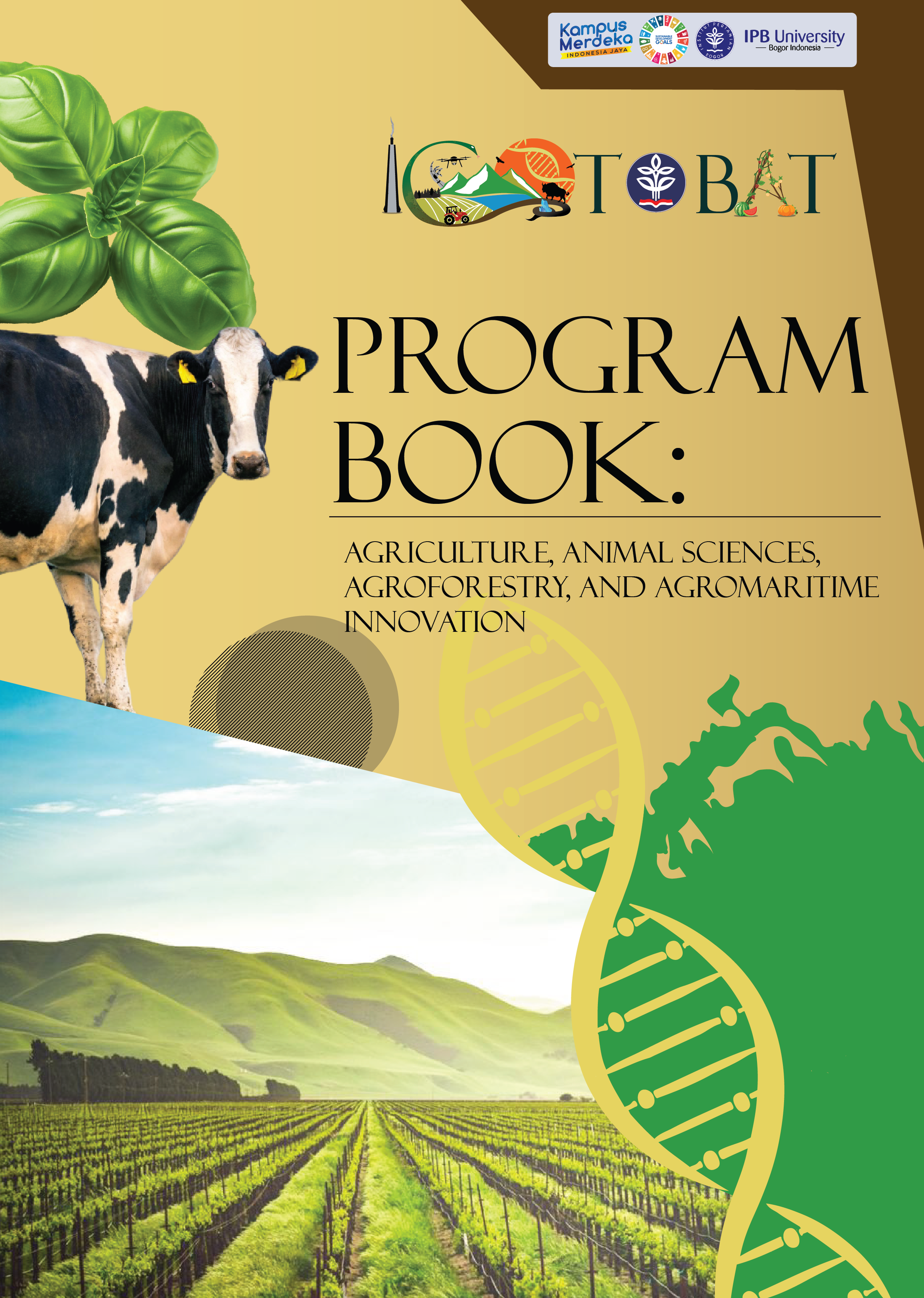Application of the NDVI and ARVI Methods in Measuring Estimated Productivity of Oil Palm Plants with Landsat 8 Imagery at PT. Hindoli Cargill Indonesia
Keywords:
Atmospherically Resistance Vegetation Index, Normalized Difference Vegetation Index, Remote Sensing, Productivity, Landsat 8 ImageAbstract
Land mapping is the one of technology development in oil palm plantations. Land mapping technology is a form of technological approach in the field of remote sensing that provides information about condition of plantation land. One application of using this technology is remote sensing-based technology. Remote sensing satellite technology using optical and radar remote sensing techniques has a potential for oil palm monitoring and can use to make prediction. One of remote sensing satellite technology, NDVI (Normalized Difference Vegetation Index) method and other method is ARVI (Atmospherically Resistance Vegetation Index). The method we used in this research is to analyze Landsat-8 remote sensing data using ArcMap 10.4.1 software to produce various vegetation indices for which several tests. The test used in this research is a statistical approach using four tests, there are simple linear regression analysis, multicollinearity test, multiple linear regression analysis with the final result in the form of estimated data formulation, and then a validation test of the estimated formulation data with actual production data. The final results that will be obtained in this research are production distribution data estimated using the NDVI index, ARVI index, and actual production in the field. Based on research using simple linear regression analysis, it was found that the NDVI vegetation index value produced R and R2 values of 0.071 and 0.005, while the ARVI vegetation index produced R and R2 values of 0.028 and 0.0008. Then a multicollinearity test, it was obtained that the VIF (Variance Inflation Factor) value produced a value of 1.03 for the NDVI and ARVI. Based on the formulation obtained from the results of multiple linear regression analysis, the productivity value obtained using the NDVI method was 2,121.95 tons/ha and 2,122.06 tons/ha using the ARVI method. This is comparable to the actual field productivity value, which is 2,122.01 tons/ha. The level of accuracy of the data produced is based on productivity, which 0.06 and 0.05 for the error value of the data produced.






























